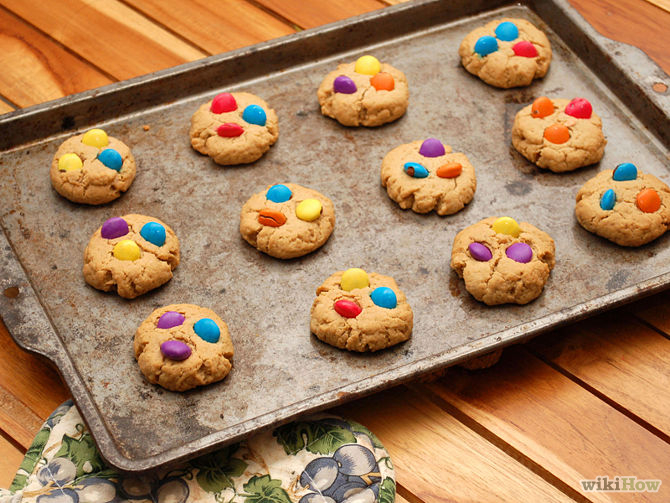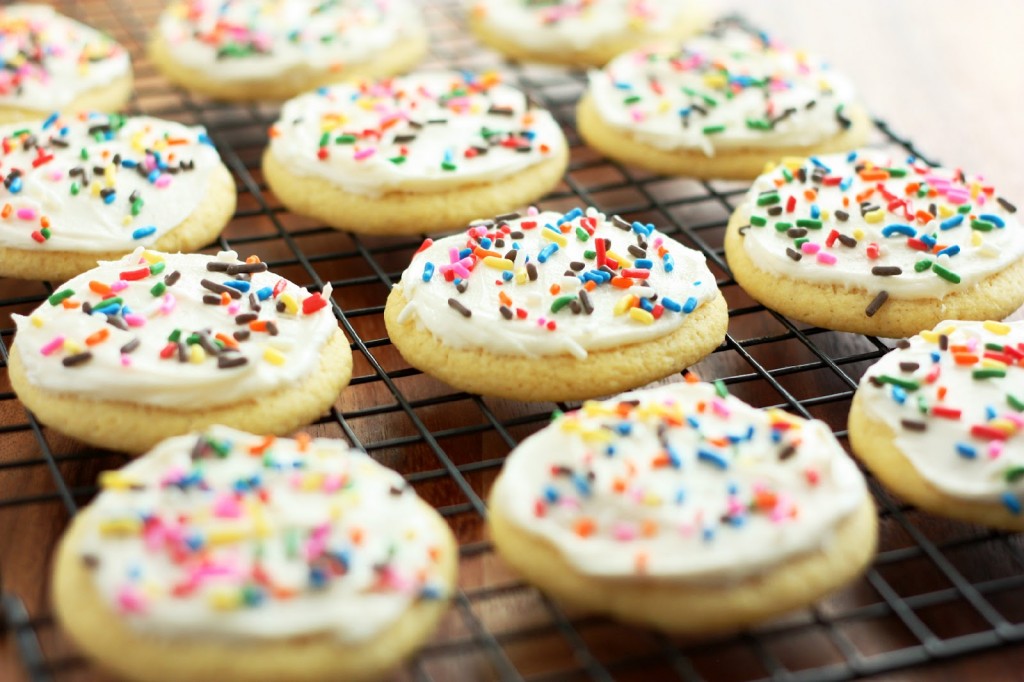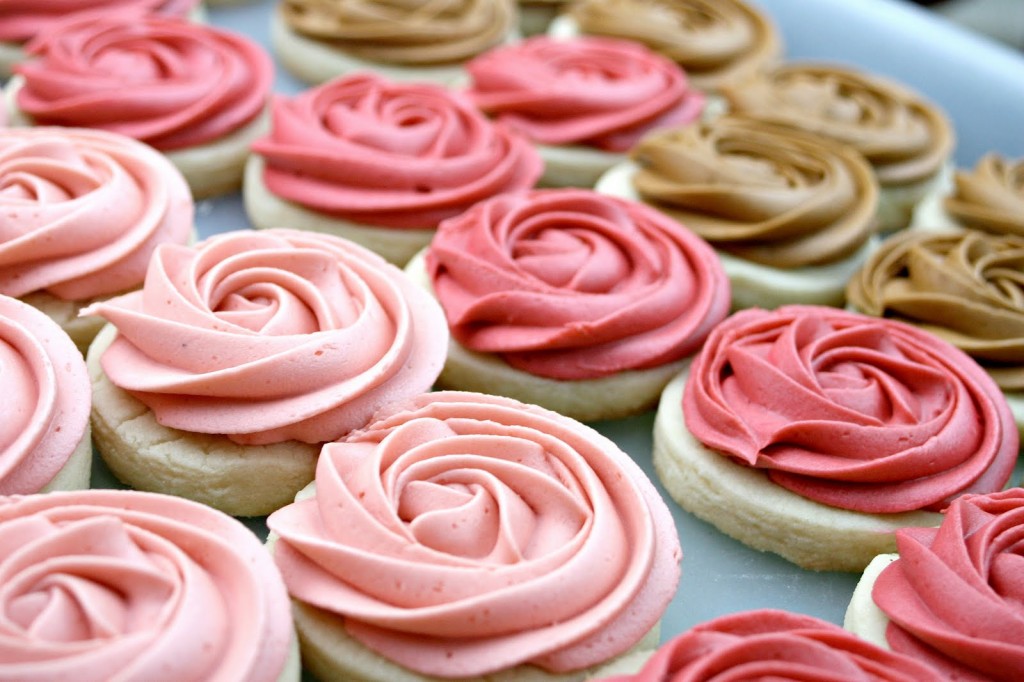Baking cookies or eating cookies –which is more fun? Well baking fills your home with great smells that attracts people and family, decorating cookies fuels your and your family’s creativity and eating them is magical, turning your ordinary day into special one. It’s isn’t a rocket science to make the perfect cookies – all you have to do is remember the dos and don’ts. Heading ahead enjoy the tips and then the awaited yummy many recipes of Cookies.
Success secrets –
Use the RIGHT INGREDIENTS:
-Flours: stick to bleached or unbleached all – our purpose flour for cookies and bars. Whole wheat flour can also be used, but only substitute it for one- third to one – half the amount of all – purpose flour called for in your recipe to present the cookies from becoming too dry. Skip bread and cake flours when making cookies.
-Sweeteners: most recipes call for granulated white sugar or brown sugar it both, but other types of sweeteners like honey or maple syrup are used in specific recipes.
-Leavenings: cookies usually call for baking soda / or baking powder. They are not interchangeable, so be sure to use your recipe calls for.
-Fats and oils: fats add tenderness and flavor to cookies and bars. For best results, use butter.
-Eggs: eggs add richness, moisture and structure to cookies and bars. All the recipes in this book have been tested with large eggs. Egg product substitutes, made of egg whites, can be substituted for whole eggs, but the baked cookies and bars may have a drier texture.
-Liquids: liquids like water, fruit juice, milk or cream tend to make cookies crisper by causing them to spread more. Add only as much liquid as the recipe wants.
-Oats: quick – cooking and old – fashioned oats are interchangeable unless a recipe calls for a specific type. Do not use instant oatmeal’s products as they may contain other ingredients too.
-Nuts, Peanuts: when nuts are needed, you can substitute any variety of nut or peanut. Make sure to taste these items before adding as they may become rancid and give an unpleasant taste. Do not use if they do not taste fresh.
-The cooking sheet: It is the most important past as the cookie sheet make the difference how your cookies bake up. A cookie sheet is a flat pan that may be open on one to three sides. If it has four sides, cookies may not turn brown as evenly. Also there are three types of sheet. The shiny aluminum with smooth – is the top choice for cookie bakers. Choose sheets that are at least 2 inches smaller on all sides than the inside of your oven to allow heat to circulate. Have at least two cookie sheets, so while one batch is baking, you are getting the next batch ready to get into the oven.
-Bake a test cookie. – Always do this. Bake one cookie first to see the shape of the cookie before baking more. So that you can make adjustments to the rest batch. If test cookie spreads too much, add 1 to 2 tablespoons of flour to the dough. If it is too round or hard, add 1 to 2 tablespoons of milk to the dough.
-To Grease or not to grease? – grease cookie sheets only if the recipe demands. Or if you are using a non – stick sheet do not grease as the cookies may spread too much.
Storing Cookies –
Crisp cookies – store at room temperature in loosely covered containers.
Soft and chewy cookies – store at room temperature in resalable food – storage plastic bags or tightly covered containers.
Both types of cookies: keep crisp cookies from becoming soft by storing them separately from soft, chewy cookies.
Frosted or decorated cookies – let cookies harden before storing. Place between layers of parchment or waxed paper, plastic wrap or foil.
Flavored cookies: use separate containers to store different flavored cookies to prevent them from picking up flavors from the other cookies.
TOP TIPS:
- Use completely cooled cookie sheets. They will spread too much on sheets that are still warm.
- Make cookies all the same size so they bake evenly. Sprig-handled cookie or ice-cream scoops make it easy. Measure the volume id the scoop with water first to make sure it’s the size of you required cookie size.
- Bake cookies on the middle oven rack. Even if you use two sheets place them as close to the middle rack and switch sheets halfway through baking.
- Check cookies at the minimum bake time and bake longer if needed.
- Many cookies benefit by cooling on the cookie sheet a minute or two so they firm up and re easier to remove from the sheet.
- Remove cookies form the cookies sheet using a flat, thin metal spatula. Cool as directed.
- If cookies were left too long on the cookie sheet and are difficult to remove, put the cookies back into the oven for 1-2 minutes, and then remove them from the sheet. They should come off easily.
All the best!
– SANGITA MAITY.






53 Comments